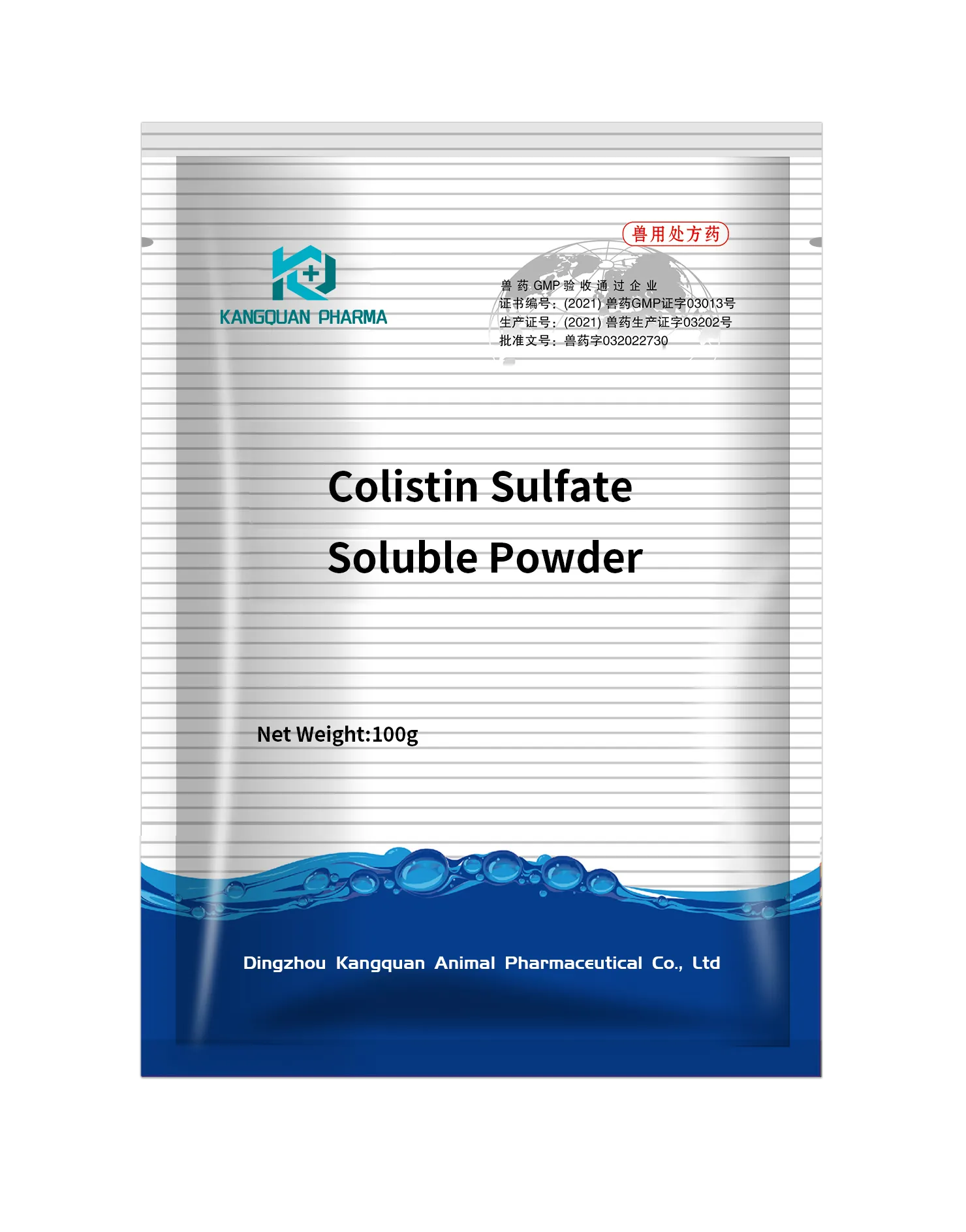- Afrikaans
- Albanian
- Amharic
- Arabic
- Armenian
- Azerbaijani
- Basque
- Belarusian
- Bengali
- Bosnian
- Bulgarian
- Catalan
- Cebuano
- Corsican
- Croatian
- Czech
- Danish
- Dutch
- English
- Esperanto
- Estonian
- Finnish
- French
- Frisian
- Galician
- Georgian
- German
- Greek
- Gujarati
- Haitian Creole
- hausa
- hawaiian
- Hebrew
- Hindi
- Miao
- Hungarian
- Icelandic
- igbo
- Indonesian
- irish
- Italian
- Japanese
- Javanese
- Kannada
- kazakh
- Khmer
- Rwandese
- Korean
- Kurdish
- Kyrgyz
- Lao
- Latin
- Latvian
- Lithuanian
- Luxembourgish
- Macedonian
- Malgashi
- Malay
- Malayalam
- Maltese
- Maori
- Marathi
- Mongolian
- Myanmar
- Nepali
- Norwegian
- Norwegian
- Occitan
- Pashto
- Persian
- Polish
- Portuguese
- Punjabi
- Romanian
- Russian
- Samoan
- Scottish Gaelic
- Serbian
- Sesotho
- Shona
- Sindhi
- Sinhala
- Slovak
- Slovenian
- Somali
- Spanish
- Sundanese
- Swahili
- Swedish
- Tagalog
- Tajik
- Tamil
- Tatar
- Telugu
- Thai
- Turkish
- Turkmen
- Ukrainian
- Urdu
- Uighur
- Uzbek
- Vietnamese
- Welsh
- Bantu
- Yiddish
- Yoruba
- Zulu
10 月 . 30, 2024 21:06 Back to list
colistin sulfate
Colistin Sulfate An Overview of Its Antimicrobial Properties and Clinical Applications
Colistin sulfate, a polymyxin antibiotic, has emerged as a critical tool in the fight against multidrug-resistant (MDR) bacteria. Initially developed in the 1940s, colistin was largely abandoned due to concerns regarding toxicity and the emergence of less harmful antibiotics. However, the resurgence of antibiotic-resistant infections has led to a renewed interest in this powerful agent.
Colistin sulfate exerts its antimicrobial effect by disrupting the integrity of the bacterial cell membrane. It binds to the lipopolysaccharides present in the outer membrane of Gram-negative bacteria, ultimately leading to cell death. This mechanism makes colistin particularly effective against a range of MDR pathogens, including Pseudomonas aeruginosa and Acinetobacter baumannii. As the landscape of bacterial resistance evolves, colistin remains one of the few options available for treating severe infections caused by these formidable organisms.
In clinical settings, colistin sulfate is primarily utilized in cases where other antibiotics have failed. It is often administered intravenously for systemic infections or intramuscularly for bacterial infections localized in the tissues. In the case of lung infections, particularly in cystic fibrosis patients, aerosolized colistin is used to target pathogens directly within the respiratory tract. Despite its effectiveness, clinicians must navigate the potential risks associated with its use, particularly nephrotoxicity, which can lead to acute kidney injury. Monitoring kidney function during therapy is essential to mitigate these risks.
colistin sulfate

The rise of colistin-resistant strains, often attributed to misuse and overuse in agriculture, poses additional challenges. In veterinary medicine, colistin sulfate has been widely used for its growth-promoting properties in livestock. This practice has raised concerns about the transfer of resistance genes from animals to humans, necessitating stricter regulations and prudent use in both human and veterinary medicine.
The ongoing research into colistin's pharmacodynamics and pharmacokinetics aims to optimize dosing regimens and minimize toxicity. Recent studies have explored combination therapies that pair colistin with other antibiotics to enhance its efficacy and reduce the likelihood of resistance development. Such strategies hold promise in improving treatment outcomes for patients with severe infections.
Public health initiatives are also vital in combating the threat of antibiotic resistance. Educating healthcare professionals about the responsible use of colistin and implementing antibiotic stewardship programs can help reduce unnecessary prescriptions. Furthermore, surveillance of resistance patterns and the promotion of alternative treatment options contribute to a more sustainable approach to managing antibiotic resistance.
In conclusion, colistin sulfate serves as a vital weapon against multidrug-resistant Gram-negative infections. While its use comes with challenges, ongoing research and responsible stewardship can help maximize its effectiveness. As the global healthcare community continues to grapple with the growing threat of antibiotic resistance, colistin remains an essential element in our therapeutic arsenal, reminding us of the importance of vigilance and innovation in the fight against bacterial infections.
-
The Power of Radix Isatidis Extract for Your Health and Wellness
NewsOct.29,2024
-
Neomycin Sulfate Soluble Powder: A Versatile Solution for Pet Health
NewsOct.29,2024
-
Lincomycin Hydrochloride Soluble Powder – The Essential Solution
NewsOct.29,2024
-
Garamycin Gentamicin Sulfate for Effective Infection Control
NewsOct.29,2024
-
Doxycycline Hyclate Soluble Powder: Your Antibiotic Needs
NewsOct.29,2024
-
Tilmicosin Premix: The Ultimate Solution for Poultry Health
NewsOct.29,2024













